Hawaiian Islands Humpback Whale National Marine Sanctuary Proposed Management Plan
Following extensive collaboration with partners including non-governmental organizations, businesses, scientists, and other members of the community, NOAA is inviting the public to comment on its proposed plan to expand the boundaries of Hawaiian Islands Humpback Whale National Marine Sanctuary and broaden its management focus to include additional marine species besides humpback whales.
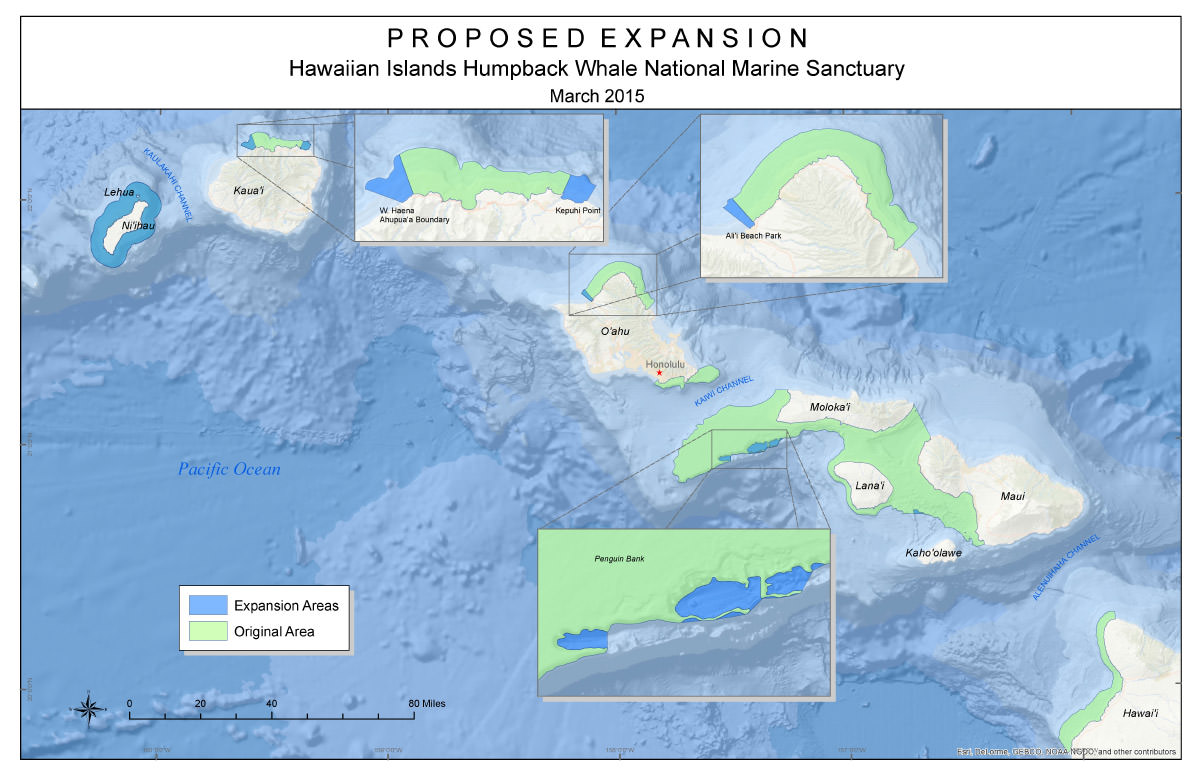
Overview map of sanctuary's current and proposed sanctuary boundaries.
Credit: NOAA

Infographic on the propsed expansion.
Credit: Matt McIntosh
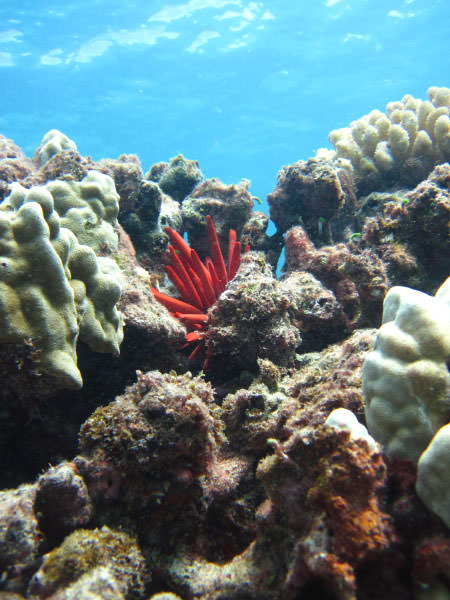
Coral reefs are often called the rainforests of the sea. They support various marine life while only comprising a small area of the ocean's surface. With vast number of species living within and around them, they are regarded as the most diverse marine habitat.
Credit: Micki Reams/NOAA
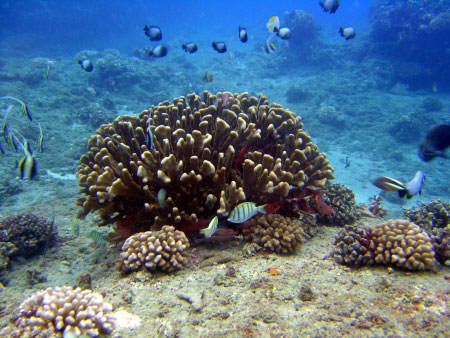
Coral reefs play an important role for many species in the ocean.
Credit: Donna Loudon/NOAA
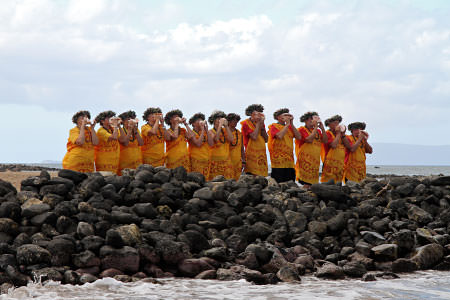
Local canoe club members lead a cultural protocol at Kalepolepo Beach Park in Kīhei, Maui.
Credit: Ed Lyman/NOAA
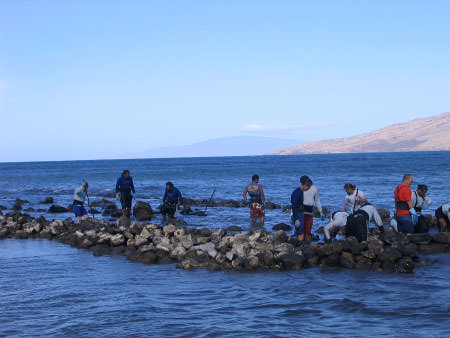
Members of the community help to restore a Native Hawaiian fishpond.
Credit: Ed Lyman/NOAA
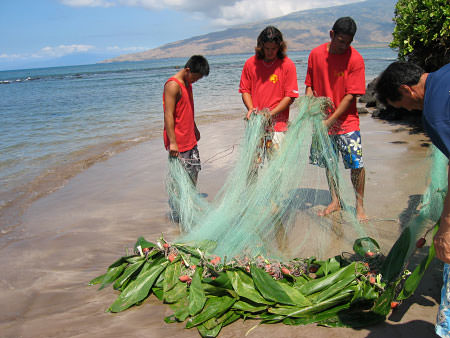
Students of a local canoe club participate in traditional method of gathering fish.
Credit: NOAA
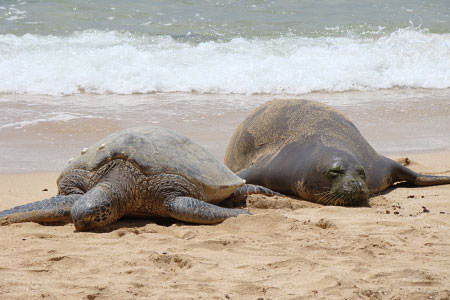
Hawaiian monk seals and green sea turtles bask on many coastlines throughout Hawai‘i.
Credit: Barbara Billand/NOAA
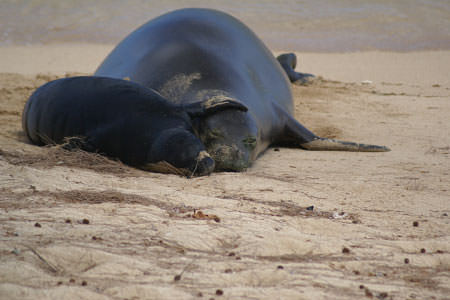
Hawaiian monk seals are endemic to the Hawaiian Islands, this means that they are native and are found nowhere else on earth.
Credit: Barbara Billand/NOAA
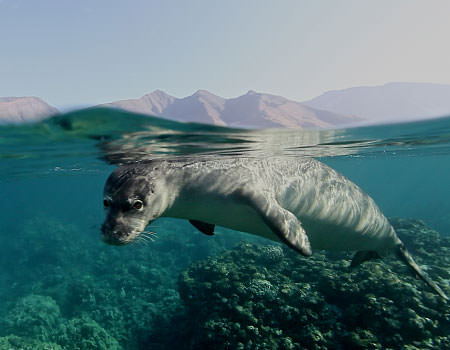
Hawaiian monk seals usually sleep on the beaches of the Hawaiian Islands. They can also sometimes be seen sleeping underwater in small caves.
Credit: Ed Lyman/NOAA
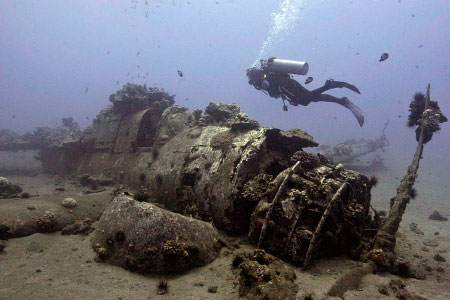
A diver explores the wreck of a WWII SB2C-1C Curtiss Helldiver near Kihei, Maui.
Credit: Jeff Kawabara/NOAA
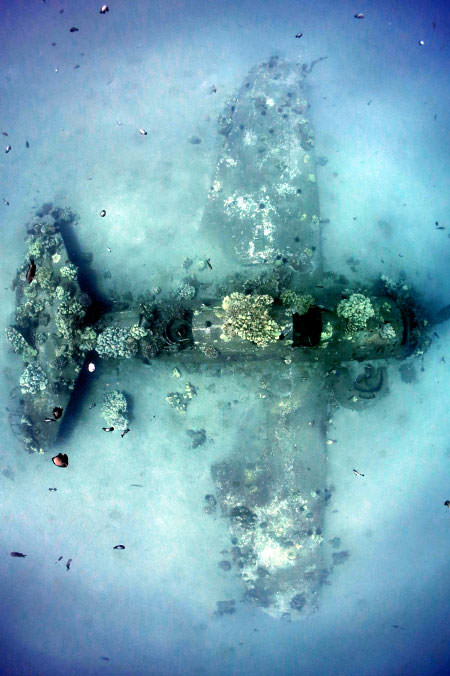
Birds-eye view of WWII SB2C-1C Curtiss Helldiver in Maalaea Bay, Maui. The aircraft was ditched on August 31, 1944.
Credit: Jeff Kawabara/NOAA
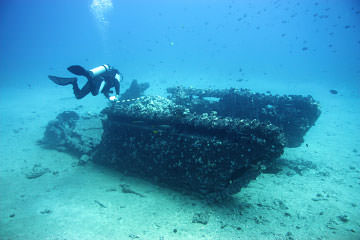
A diver examines the wreck of a WWII amphibious vessel.
Credit: Jeff Kawabara/NOAA
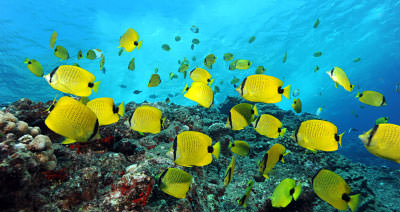
Butteryfly fish at Lehua.
Credit: Greg Mcfall/NOAA
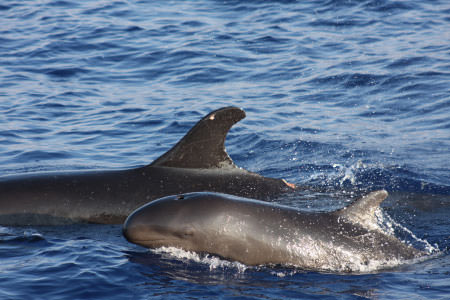
False killer whales are a gregarious species and form strong social bonds. They are usually found in groups of ten to twenty that belong to much larger groups of up to 40 individuals in Hawai'i and 100 individuals elsewhere.
Credit: Robin Baird/NOAA
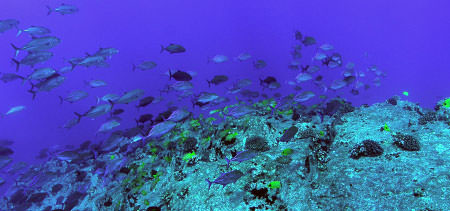
Colorful marine life utilizing the coral reef ecosystem.
Credit: Derek Wang/NOAA

